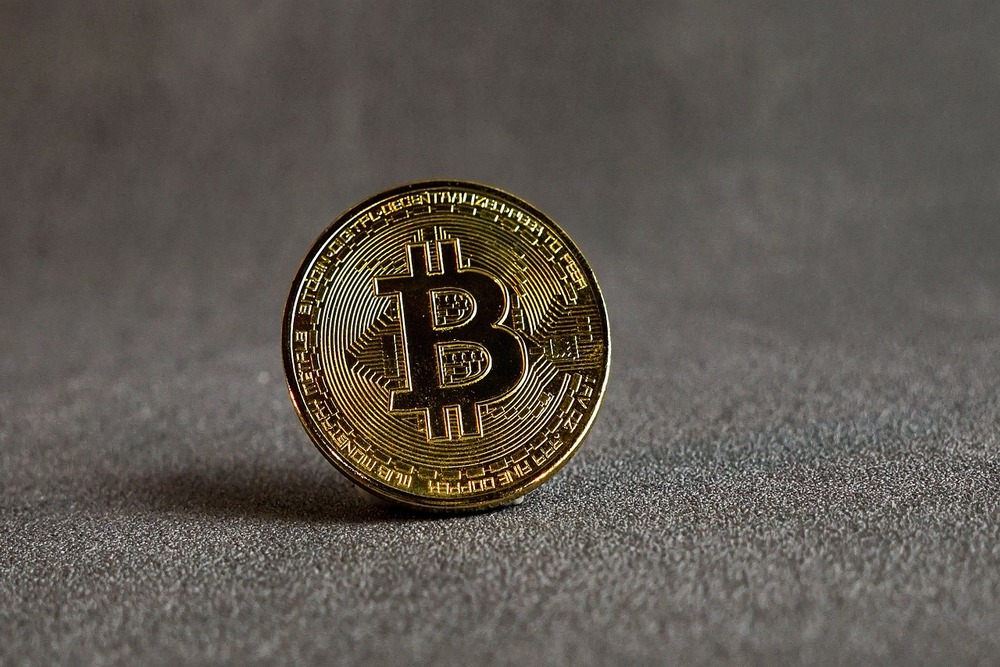Top Crypto News: Page 5

Iranian Crypto Exchange Nobitex Hit with $73M Hack
3 months ago

Haru Invest’s CEO Has Been Acquitted of 650M Fraud, Here’s Why
3 months ago

Polkadot to Create BTC Reserve for Its Treasury
3 months ago

Bitcoin Displayed a Hammer Candlestick. What Does it Mean?
3 months ago

Retail Flips Bullish. What Does This Means For Bitcoin?
3 months ago

Price Prediction 6/10: BTC, ETH, XRP, BNB, SOL, DOGE, TRX
3 months ago

Hackers Attack Paraguay President’s X Account Posting False Bitcoin News
3 months ago

This Chart Suggests That Ethereum is Gearing for a Parabolic Run
3 months ago

OpenSea’s Active Monthly Users Surge Above 467K, Largest Since Mid-2023
3 months ago

Here’s Why Avalon Labs (AVL) Surged Over 20%
3 months ago

BiT Global Dismisses Lawsuit Against Coinbase Over WBTC Delisting
3 months ago

CZ Blasts NYT Over $TRUMP Memecoin Dinner Claims
3 months ago

Here’s Why Solana Memecoin KBBB Surged 36,000% in 24 Hours
3 months ago

Stablecoin Firm Circle Raises Over $1B Following IPO Size Boost
3 months ago

World Liberty Financial Airdrops USD1 Tokens to Presale Participants
4 months ago

Coinbase Was Aware of $400M Data Leak Since January: Reuters
4 months ago

Robinhood Expands Crypto Services with $200M Bitstamp Acquisition
4 months ago

Stablecoin Giant Circle Ups IPO Target to $896 Million
4 months ago

Metaplanet Acquires 1,088 More BTC, Reaches 8,888 BTC Total
4 months ago

CZ Taunts Gary Gensler Following Binance Legal Victory in the U.S.
4 months ago